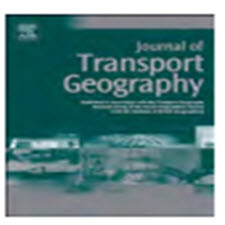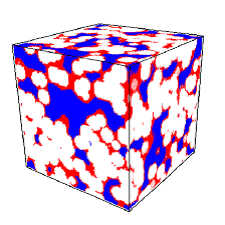توضیحات
ABSTRACT
Planning Support Systems are spatially enabled computer based analytical tools. They are designed to process spatial data and model “what if” scenarios in support of planning analyses. This paper presents how an existing land-use planning software was customised to create the Walkability Planning Support System. The paper describes the tool features including: (i) automated calculation of built environment variables; (ii) “sketch lanning” functionality; and (iii) suite of indicators including a walkability indicator that estimates the probability that an adult would walk for transport. We discuss how the Walkability PSS enables urban planners to explore built environment scenarios and visualise their potential impacts on walkability. We present a suburban case study where we compare a baseline scenario with an alternative scenario developed with local planners that incorporated possible built environment interventions. Finally, we discuss potential applications for the tool and present how it could be refined along with recommended research directions.
INTRODUCTION
Given rapid urbanization rates worldwide (United Nations et al., 2015), many cities are growing and transforming, putting enormous pressure on urban planning and decision-making (Giles-Corti et al., 2016; Stevenson et al., 2016). Cities are made up of complex and simultaneously occurring systems e.g., transport; land-use; social, physical and digital infrastructure as well as energy and utilities. Planners need to understand and capture the collective effects of these systems when planning for healthy, sustainable development (Ainsworth and Macera, 2012; Allen, 2001). To facilitate this, data driven systems approaches can help planners appreciate how patterns and issues for cities (e.g., public health risks, green-house gas emissions) emerge from the interplay of complex systems (e.g., suburban urban form, location of employment, public transport systems). Data driven systems approaches can also help capture opportunities for improvement, for example in recognizing leverage points in the urban systems where interventions could lead to improved health and environmental sustainability outcomes (Diez Roux, 2011). Importantly the human interactions in these complex systems can be modelled and simulated.
Given places are designed for people this is a critical consideration when planning future neighbourhoods and cities.
Year: ۲۰۱۸
Publisher : ELSEVIER
By : Claire Boulange, Chris Pettit, Lucy Dubrelle Gunn, Billie Giles-Corti, Hannah Badland
File Information: English Language/ 9 Page / size: 253 KB
سال : ۱۳۹۶
ناشر : ELSEVIER
کاری از : کلر بوالانگه، کریس پاتتی، لوسی دوبرلن گنن، بیلیه گیلس کورتی، هانا بدلند
اطلاعات فایل : زبان انگلیسی / 9 صفحه / حجم : KB 253









نقد و بررسیها
هنوز بررسیای ثبت نشده است.